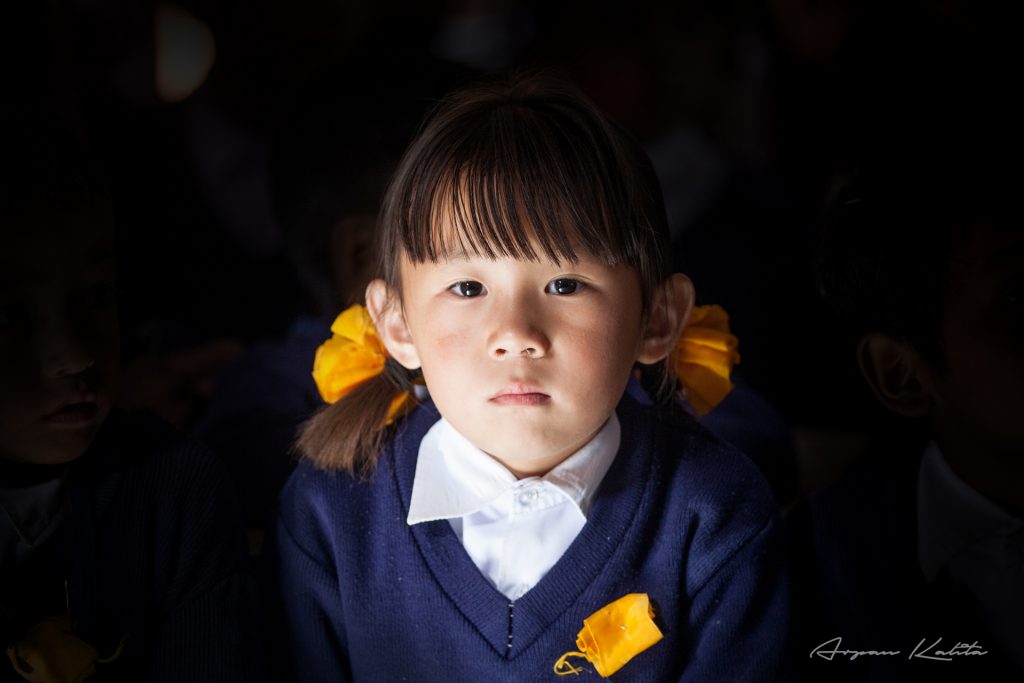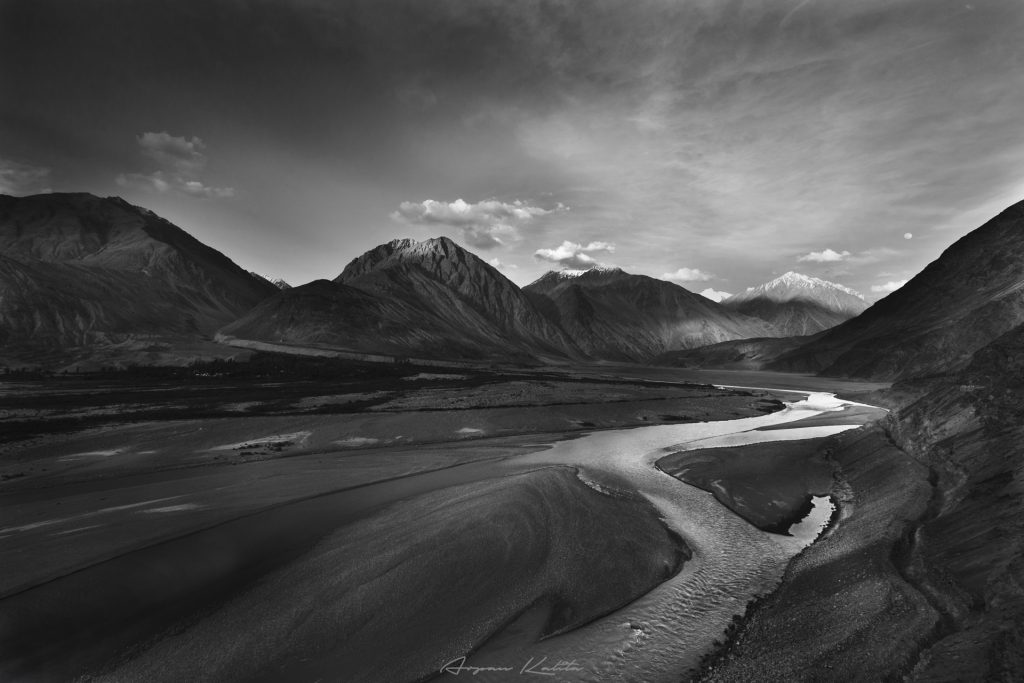When we are on a mission to develop our photography skills, we are bound to get used to some habits. Eventually, these habits play a pivotal role in the development of our art. These habits will define our style of work too. But along with the good ones, we develop some bad habits too. While good habits will help us expand our skills, the bad ones will keep pulling us down. So, particularly at the early stage of photography, it is very important to avoid a few things which may eventually damage our skills, slowly and unknowingly.
Following is a list of habits I have compiled, both from personal experience as well as from reading the experiences of some well-known photographers. We all, at some point of time, have fallen victim to one or a few of these. If we have already been doing some of these, there is nothing wrong in it. We need not fight to stop a habit, but we can take steps to not give it an opportunity of repeating itself.
1. DON’T READ THE CAMERA MANUAL
This is a serial offender. You buy a new camera and you are so excited to use it that the camera’s manual stays inside the box, comfortably wrapped in plastic. Luckily, during my early years, I didn’t have much access to the Internet or other social media to discuss things with people who have experience. I had only one option to know my camera, the Manual. Thankfully, it’s never too late to dig out the manual. Highlight the things you have missed methodically and sincerely work through each function of your camera. You will end up knowing features you didn’t know existed.
2. SHOOT ON AUTO
Without reading the camera manual, your photos might suffer from the restrictions of being shot in Automatic mode. Modern cameras are equipped with amazing features and can produce great results on Auto, but not consistently. It is always better to take control of yourself. Learn to shoot in the semi-automatic shooting modes, such as Shutter Priority or Aperture Priority. After that gradually shift to Manual.
3. SHOOT ONLY JPEGS
Shoot using the RAW file format, as this gives you more freedom in the Digital darkroom i.e. Lightroom and Photoshop. RAW gives you greater scope to correct exposure, color, sharpness, noise reduction, etc. in computer software. Consider RAW files as digital negatives that need processing and fine adjustments. JPEG files are compressed and unfortunately, narrows down the dynamic range of your photographs and changes the color according to the camera’s presets. This is irreversible.
4. LEAVE THE CAMERA AT HOME
Often we have seen the argument, which is the best camera. The answer is so simple – the best camera is the one you have with you, even if it’s your smartphone. Not every photo you take is photography-competition material nor is it of commercial value. Regardless, a huge megapixel count and optimum lens quality on a DSLR is useless if left at home.
5. RELY ON A SINGLE MEMORY CARD
It is understandable that those storage cards are expensive, but the inclination to be economical in that front will only backfire someday. Your memory card will be out of storage precisely when you’re shooting that little bird, when the light is just right, or when the entire street is all but full of activities and stories. The only way out is to invest in more memory cards.
6. DON’T BACK UP YOUR PHOTOS
Personally, I have experienced the pain of hard drive fail, a lost memory card and many a times, lack of memory because I was yet to take a back-up of the previous day’s shoot. To be super-secure, you really should back up all your photographs immediately after each shoot and store your photographs in, at least, three different locations
7. CHIMP
Constantly checking your images on the LCD display is called chimping. Nothing wrong with it, unless you’re into street photography or at a wedding or you are out in the wilderness. You may miss that decisive moment while being too engrossed in the perfectionistic tendency of chimping. Apart from that, being a landscape photographer, I totally understand the value of each % of the battery that drains out from chimping.

8. SHOOT FROM EYE LEVEL
As amateurs, photographers tend to hold the camera at head-height. Remember the ‘Viewpoint/Perspective’ Rule of Composition? There is a reason to that. We all are physically different and that results in our perspective as well. To produce an unpredictable photograph, you need to learn to work the scene. Before photographing, take time to decide. Consider shooting whether from high above or down at ground level, from the side, from the back, from a long distance away, from very close up; search for that fresh angle. Move, that is the best way to vary the perspective.
9. FAIL TO CONSIDER THE BACKGROUND
How many times have you taken what you thought would be a great shot, only to find that the final image lacks impact because the subject blends into a busy background? The human eye is excellent at distinguishing different elements in a scene, whereas the camera has a tendency to flatten out the foreground and background, and this can often ruin an otherwise great photo. Look for a simple background behind your subject. If you have a zoom lens, you can play with narrow depth-of-field to blur the background. This will isolate your subject from the clutter behind, achieving a degree of separation.

10. CENTRE THE SUBJECT
Ignoring the rules of composition is always risky. In order to make our photos stand out, learn and use the ‘Rule of Thirds’ rather than placing your focal point (subject) bang on in the centre. Let’s admit this, most of us do this or have done this in the past. We can add just a little dynamics to our photos, either by tilting the camera to a different angle or moving it a little back and forth to get the subject off the centre. We can also try different types of framing: portrait orientation against landscape orientation or even a really wide panoramic crop or maybe 16:9 crop.


11. SHOOT ONLY IN BRIGHT DAYLIGHT OR THE GOLDEN HOURS
Thankfully I have never done this. I personally know a few fair weather photographers, infatuated with clear bright days and blue skies. However, under the harsh, midday sun, shadows are short and therefore objects do not look three-dimensional and lack form. Hence the time between Noon and 2 PM is most intentionally avoided.
For Landscape photographers, there is always a win-win situation though. They need clear skies too and at the same time, they need soft, diffused light. But then again, if you are traveling while also photographing landscapes, you cannot always be weather dependent.


12. THINK THAT POST-PROCESSING CAN FIX ANYTHING
Let’s admit this again. This is the laziest and most harmful habit to fall into. It’s always better to get a shot right in-camera, including the correct exposure. Blown-out highlights cannot be retrieved later. Landscapers should ensure that the horizon is straight, or you will lose the edges of your image and valuable pixels while rotating and cropping it later. Use the 3×3 grid on your LCD display to avoid any tilt. The most useful filter is the polariser, the effects of which cannot be replicated using any software. Landscape photographers can invest on some ND and ND grad filters. Finally, it is always better to remove distractions from a scene than be forced to clone them out in Photoshop.
13. POST TOO MANY PHOTOS
Let’s be honest with ourselves. We all take poor pictures, badly exposed or blurry ones, but there’s no need to inflict these upon the public! We need to be very careful and at the same time, very critical in selecting only the best images, process them and showcase them to the public. Have variety on the images you share on social media, online galleries or on your blog or website. Avoid sharing minor variations of the same shot.
As I said above, this is a compilation of personal experience and experiences of other photographers online. I would like to hear from you all as well. Also, let’s undergo this simple test below. For each bad habit, give yourself a test score.
SCORING
- 1-3 habits. Wow! You are disciplined.
- 4-6 habits. Good. Can be better.
- 7-9 habits. Don’t give up; there’s still hope.
- 10-13 habits. You need professional help!
So, what’s your score? How many bad habits can you identify with? Do add a comment on how you fared.






























Comment
The tips shared here are really extremely helpful in practical sense !
I personally have faced such issues in the past because of one / some of these habits.
Thank you Arpan for curating this list of the bad habits we develop over time.